
To find out more information go the the WWF website, from the search engine, just type in earth hour.
MAKE AN IMPACT - WHEREVER YOU ARE
Earth Hour has always drawn its power from the people. Though global circumstances are different this year due to COVID-19, we still have an incredible opportunity to make an impact - online and from our homes. No matter where you are in the world, you can speak up for nature and bring global attention to the issues facing our planet!
5 ways you can get involved in Earth Hour 2021
Nature is essential for our survival and our existence. But we are destroying nature faster than it can replenish itself. We must change course.
COVID-19 has knocked many plans intended to set nature on the road to recovery off-track - but as we emerge from a global pandemic, we look to a global recovery for our natural world too.
Around the world, more people than ever are getting behind action #ForNature. World leaders have signaled support for positive change, but we need these actions turned into words. That’s why Earth Hour 2021 is more important than ever, not just to bring us together, but to shout loud for our future and the future of humanity.
Even though many of us are confined to our homes, there are still ways to get involved and speak up for nature this Earth Hour.
1. Speak up
Get creative. Our lives have been changed by the pandemic, but there are some novel ways to speak up for nature. You could design a poster showing why nature matters to you, write a letter, share your favorite nature-focused song on YouTube, or tag all of your friends when you watch the must-see video we’ll be releasing on the night of Earth Hour.
Even though we can’t be together physically, we can feel part of something digitally. This year get involved in the Earth Hour Virtual Spotlight - it’s going to be unmissable!⭐
2. Switch on 📱No, it’s not about turning the lights on! You can still join a big switch off, but this year Earth Hour is all about staying in touch, via whatever virtual space works for you. COVID-19 has highlighted many challenges our world is facing, but Earth Hour is all about standing together in unity and showing that we care about our natural world.
WWF has created some slick GIFs that are perfect for sharing. So login, stay in touch and share one message of support #ForNature.
And if you want to really enjoy the community Earth Hour brings together, attend a virtual event - check the full list of events taking place around the world.
3. Inspire others to take action
See how Amanda Gorman has rocked the world! And you can too. You don’t have to be a superstar to get others to change their behavior, you can make a difference right from your own home. Have a chat with your mum, your sister, your neighbour, the postman! Every single person has an opportunity to encourage others to protect nature.🗣️
Of course it’s fantastic that the people we see on our screens are choosing to do the same. This Earth Hour there are loads of famous faces supporting. Noemie Tahiti (The Voice kids contestant) even wrote a song urging world leaders to step up their action for nature.
Share your story with a post on Instagram using the hashtag #VoiceForNature and a bit about why you care about nature, and see your face on the Earth Hour website too
4. Change something in your daily routine
Earth Hour is a fantastic celebration of changing your everyday behaviour. But what else could you change? Perhaps turning the tap off when you brush your teeth, or choosing planet friendly food once a week. Our planet is our life support system, and recognizing the link between what we do, and where the things we use come from is a step to realizing just how important nature is.
There’s a wealth of resources available too, just check out the Earth Hour learning page to up your knowledge on nature loss and climate change and discover why your actions matter now more than ever. 🌴🌻🐦🐠
5. Show the world you care🙌
With a critical mass of support for nature it will be impossible for world leaders to ignore the interconnected crises we face - our health, our environment and our climate are at risk. We need action. Earth Hour not only reminds us that we are not alone, but that together we can influence decisions that can change the world. In the next decade we have an opportunity to reverse nature loss, but that can’t be achieved without the support of our leaders. That’s why organizations like WWF are campaigning for a New Deal for Nature & People - and your vote counts.
It can be as simple as signing a petition or sharing a pledge online. Start your journey today.
Check out the news later on tonight to see all the countries around the world taking part, it is really great to see. Here in Ciutadella the council are doing their bit too! along with Mahon Airport and Mahon Council, so good to hear!
The blog song for today is: "Boom Boom, out go the lights" by Pat Travers Band.
TTFN


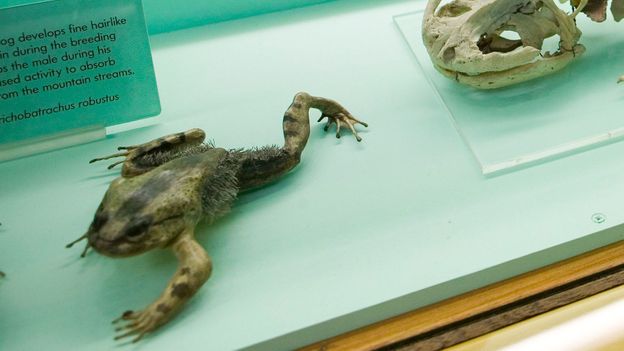
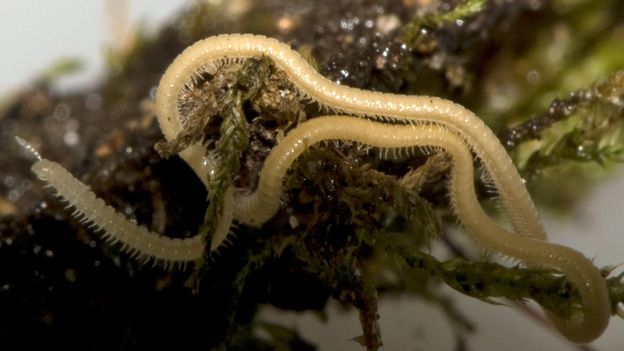
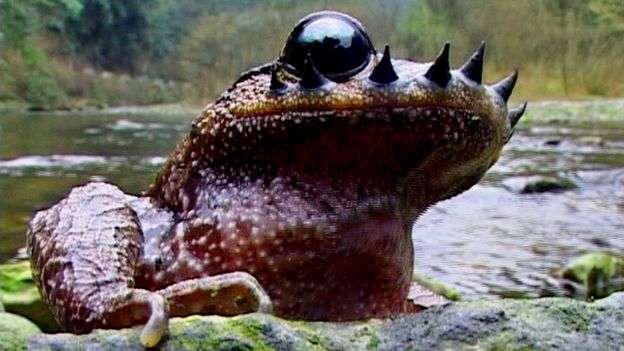
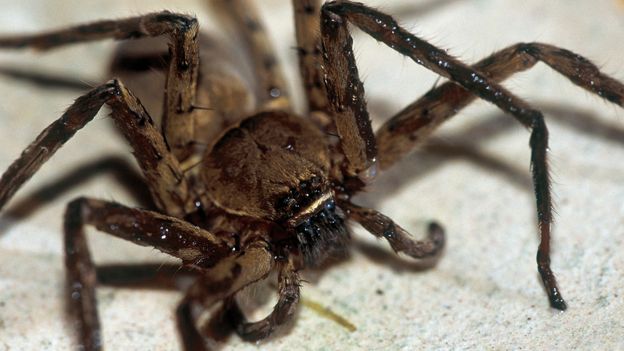
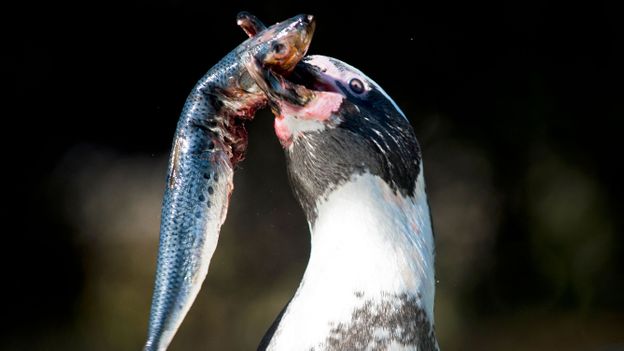
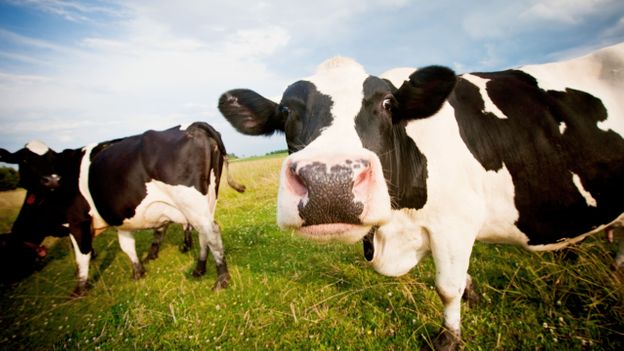























 I have just received an email from PETA with some great news about animal testing. Here is the update from them.
I have just received an email from PETA with some great news about animal testing. Here is the update from them.



